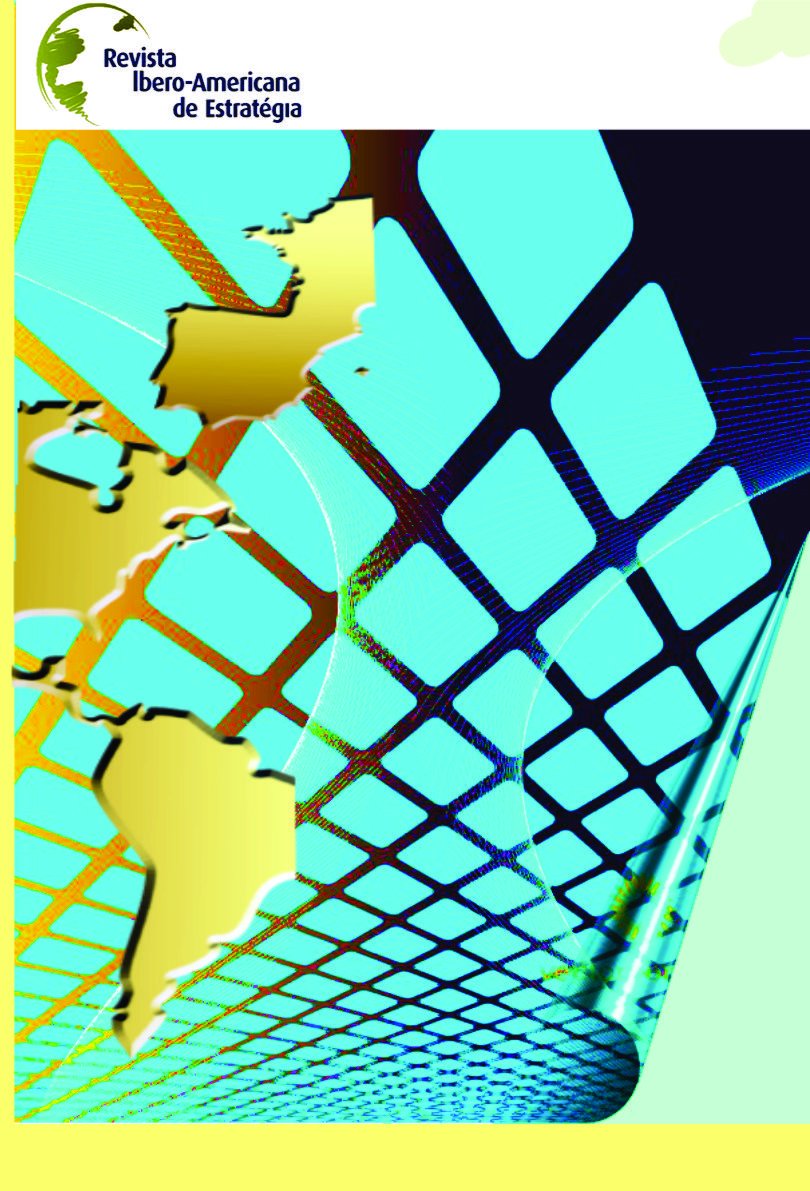Creating Sustainable Competitive Advantage: A Corporate Socialenvironmental Responsibility in the Light of the Resource-Based View
DOI:
https://doi.org/10.5585/ijsm.v12i1.1805Keywords:
Strategy, Corporate Social-Environmental Responsibility, Resource-Based View, Sustainable Competitive Advantage.Abstract
From the perspective of a greater concern with respect to corporate social and environmental aspects viewed in society, the Corporate Social-Environmental Responsibility (CSER) is understood as a new management perspective to be used, no longer restricted to meet the aspirations of profit shareholders, but seeks include in your analysis other stakeholders such as society and the environment. According to the Resource-Based View (RBV), the CSER is regarded as an organizational capacity, because it involves a set of resources and depending on how it is integrated with business planning, could be a source of Sustainable Competitive Advantage (SCA). The objective of the study is to analyze the likely social and environmental responsibility as a sustainable competitive advantage for an organization in light of the Resource-Based View . From the discussion held to theoretical essay, we identified some aspects of CSER that can be elevated to the level of a SCA, namely: the generation of a good reputation and organizational image, and corporate citizenship in favor of the practice of CSER. It is appropriate therefore to carry out empirical studies, qualitative and/or quantitative, that can confirm and extend the arguments of this discussion, from the development of constructs, development of measurement instruments and proposing models, on CSER.Downloads
Downloads
Published
01.03.2013
How to Cite
Balbino, D. P. (2013). Creating Sustainable Competitive Advantage: A Corporate Socialenvironmental Responsibility in the Light of the Resource-Based View. Revista Ibero-Americana De Estratégia, 12(1), 29–53. https://doi.org/10.5585/ijsm.v12i1.1805
Issue
Section
Articles
License
Copyright (c) 2013 Iberoamerican Journal of Strategic Management

This work is licensed under a Creative Commons Attribution-NonCommercial-ShareAlike 4.0 International License.
Views
- Abstract 181
- pdf (Português (Brasil)) 211







